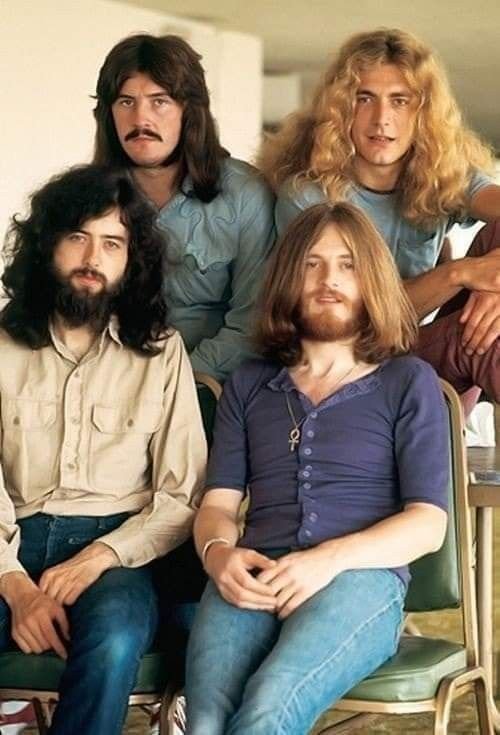Led Zeppelin may not have gone out at their critical peak, but they arguably went out as the world’s biggest band. The tragic loss of John Bonham closed the book on a group that was about to embark on a sold-out tour of US arenas and had just headlined Knebworth, playing to an estimated 400,000 people across two nights.
Yet, there was still an air that the band ended with more to prove. There’s a good reason people so particularly clamoured for a Led Zeppelin reunion over any others.
While the band continued to sell boatloads of records, Zeppelin was a sinking, well, zeppelin behind the scenes. Bonham’s addiction issues are already legendary, but the sad truth is that Jimmy Page was right there with him. His life priorities had been uprooted to the point where he seemed to view himself as Led Zeppelin’s guitarist second and a heroin addict first. Thus, the band’s final album, In Through the Out Door, was more or less entirely created by singer Robert Plant and bassist John Paul Jones.
Page and Bonham did eventually turn up at the studio, but more to lay down their instrumental parts and go home than actually work on the record. This led to an album that a few people will go to the bat for, but no one in their right mind will refer to as classic Zep. Despite the middling reviews from critics and fans, the record sold like absolute gangbusters, with 1.7 million copies flying within a few weeks of release, and causing every other Led Zeppelin record to also see a spike in sales big enough to join In Through the Out Door on the Billboard 200.
All this to say that when the band ended, the world watched on to see what would happen next with bated breath. Their statement after Bonham’s passing had categorically ruled out continuing as Led Zeppelin. However, in the heady days, when everyone from Paul Simon and Peter Gabriel, to Phil Collins and Mick Jagger were going solo from their legendary rock bands, anything could happen, so fans held out hope and waited eagerly to see what Plant, Jones and Page would do next.
What did the surviving members of Led Zeppelin do next?
Robert Plant was first out of the gates with his stag-night coded cover band The Honeydrippers being formed in 1981. Jimmy Page nearly made one hell of a splash, rehearsing with Yes’ rhythm section Chris Squire and Alan White with the intention of forming the geniusly named group XYZ (Ex-Yes-Zeppelin, geddit?), but they couldn’t get it off the ground. Despite initially intending to walk away from music entirely and bring up his family in Devon, John Paul Jones quietly had the busiest post-Zep career of them all.
1985 saw him move into soundtracking films, a vocation in which he was an absolute natural. His first port of call was working on the Paul McCartney curio, Give My Regards to Broad Street. Despite the film bombing commercially and critically, the music was welcomed as its one strong point. This saw Jones asked to provide the full soundtrack to the Michael Winner picture Scream for Help, which saw him joined by his old mate Jimmy Page for two songs.
In an interview with JJ Jackson conducted in 1985, Jones talked about how, despite their old band being the biggest in the world, not everyone had caught Led Zep fever, it turned out. Jones said, “It’s funny actually, we had a drummer that was with the National Youth Jazz Orchestra. He doesn’t play much rock ‘n’ roll, so he was really enjoying himself. Halfway through the session, he grabs the engineer and says, ‘This session is kind of heavier than I think it is, isn’t it? Who are these people?’”
Jones pantomimed the look the engineer gives this poor drummer and said, “Led Zeppelin”, and then Jones mimicked the poor drummer’s wide-eyed astonishment and said, “Oh, well, great!” It just goes to show that there will always be someone there to bring you back down to earth, even if it was a Led Zeppelin that raised you that high.
